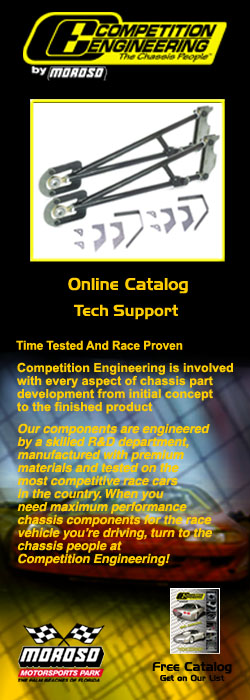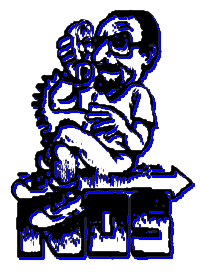|
|
 |
|
|
 |
|
||
|
Wady, We run a 632-inch and a 706-inch engine. The 632 has duel foggers and the 90- degree soft plume nozzles. The 706 has tubes in the plenum and the B nozzle fogger. I have talked to NOS numerous times and keep getting different answers each time. We are lifting ring lands on both motors. We have tuned these motors every way that we know of. On both motors we take 4 degrees retard for each 100 hp of nitrous. We run Sunoco nitrous fuel. Both motors run aluminum heads and EPD sheet metal intakes. The 632 has Pontiac heads and the 706 has Olds heads. We run an MSD 7AL2 ignition. We have not been able to run the second system on either motor because the problem happens on the first system. The 706 uses the tubes in the plenum as the first system. The last time we ran the 706 it burned every other spark plug and also lifted the ring lands on all 8 pistons. Normally the motors will not hurt the spark plugs. We have a Racepak computer. Our cylinder temps run around 1280 to 1320 degrees. Your help would be greatly appreciated. Rick Senft Rick, Yours is a very common problem with nitrous race engines. If you are using the correct piston in your engines for a nitrous combination then your tune-up is too rich on the fuel side. What happens in a case like this is that you backside your piston much like a Top Fuel car does. What is actually happening is that unburned fuel lays in the piston ring land area and at some time during the run explodes, deforming the ring land or lands and pinches or breaks rings also. This, of course, lets oil come by the rings and start the real problems. The newer nitrous piston design has a much thicker top groove that is down farther on the piston and is much tougher as far as this type of fuel backfire in the piston, so you may slightly pinch a second ring and not do engine damage before you can find and repair the problem. This is where the leakdown test comes in so handy. You mentioned the soft plume nozzles are in one motor and manifold spray bars in the other which indicates that the rich problem is a fact in your tune up. The soft plume nozzle by virtue of it's ability to break fuel up into very small droplets always runs very rich, and spray bars through the manifold do the same because you normally run higher fuel pressures to the bars. If I can make a suggestion, you should put both motors on nozzles for the first stages. You will run a reverse jetting pattern such as 38 nitrous, 34 fuel with fuel pressure at 5 3/4 to 6 lbs. This will give you a baseline tune-up which will get you the ability to get some good plug readings and help to step into a second stage. Let me know if I can be of more help on this. Wady A. Hamam |
|||
|
Copyright 1999-2001, Drag Racing Online and Racing Net Source |
|||



